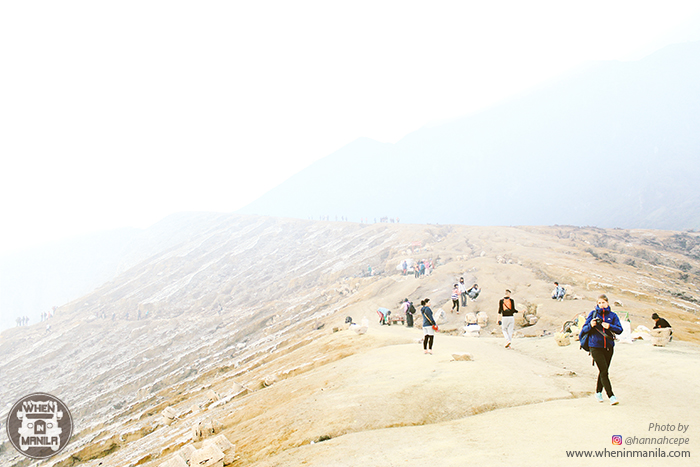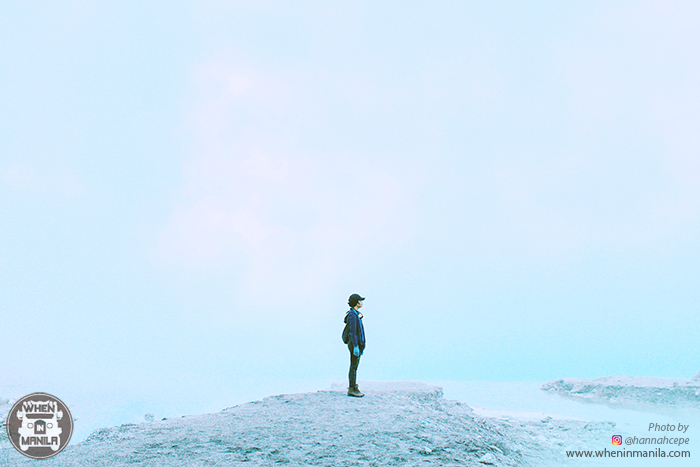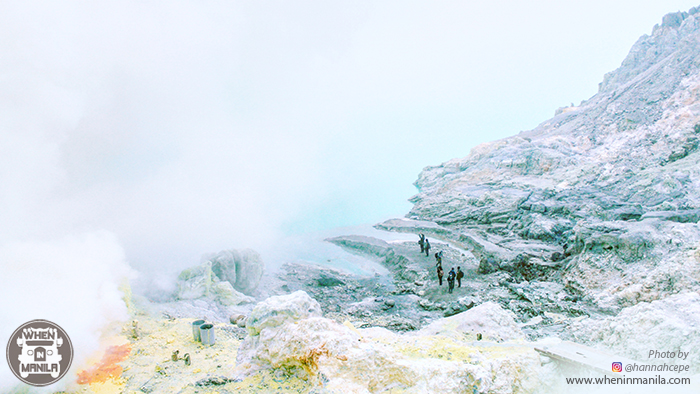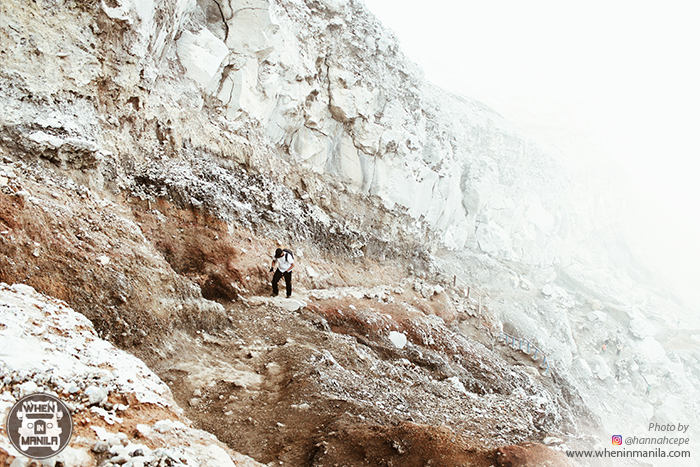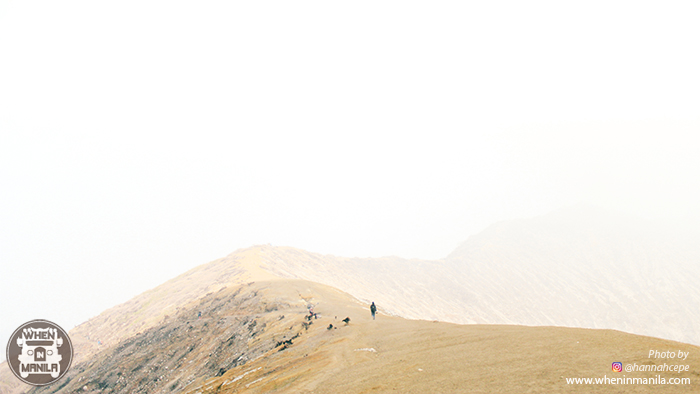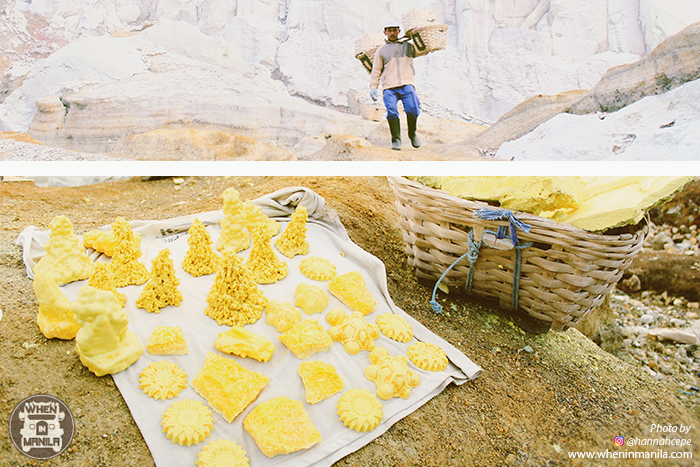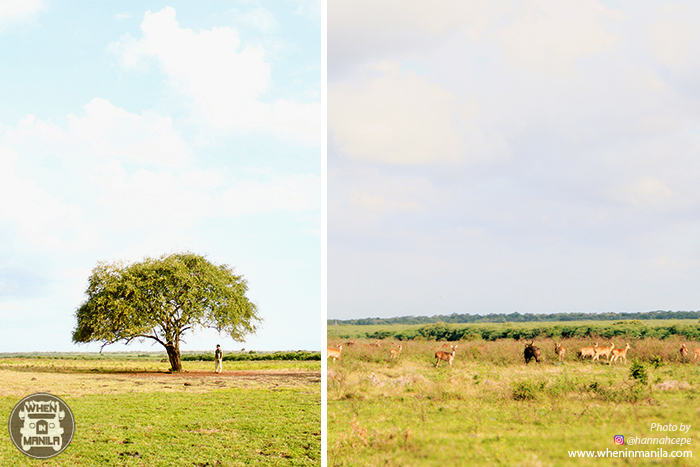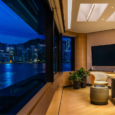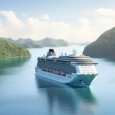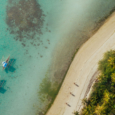There are only two volcanoes in the world that generates blue fire: one is in Iceland and the other one is in Indonesia. Mt Ijen lies within the Banyuwangi Regency of East Java, Indonesia. Located within a 20km wide caldera known as Ijen caldera, is a group of stratovolcanoes known as the Ijen Volcano Complex. West of it’s highest point, “Gunung Merapi” which means “mountain fire” in the Indonesian language (api being “fire”), is another volcano called “Kawah Ijen”, considered as the world’s largest highly acidic lake.
The Blue Fire Volcano has been a famous tourist attraction in Indonesia for years now. The flame that gets as high as 600˚C in temperature is even more interesting when liquefied sulfur creates rivers of blue fire that flows down the mountain, leaving its viewers in awe of such an amazing natural phenomenon. Although it is recommended that one should start hiking at midnight because the fire only lasts for a couple of hours before sunrise (2am up until 5am max).
Hiking Mt Ijen is relatively easy. Prepare as you might, however, because the cold is quite a bit of a shock, especially if you are coming from a very tropical country. It can get as cold as 2 to 8˚C. Gloves are available for 10,000IDR (Php36).
Our group started our journey towards the crater at 1 in the morning. It took us 2 hours to reach the summit and another hour to go down the crater and see the blue fire. The terrain is a series of switchbacks, boulders and volcanic scree. All friendly to progress. However, wearing masks during the hike is a must. Just be sure to use not only those regular ones because it won’t do any good as the gas is too strong that the atmosphere even causes irritation and inflammation of the eyes. You can rent proper gas masks for 50,000 IDR each (178php) at the summit or better bring your own.
Aside from the famous blue flame, the place also offers you a lot of variety of spectacular views once the light starts to peak in.
A mesmerizing view of a turquoise-colored crater lake awaits you 10-15 minutes walk from where the blue fire can be viewed. Moreover, the amazing view of the summit during sunrise is arguably the most iconic that I’ve ever seen in Indonesia.
I have a great fascination with Mt Pinatubo in the Philippines, having seen it from two different perspectives: Hiking and via a helicopter ride. However, I haven’t seen anything like this incredible phenomenon in one place: from the blue flame to striking formations of various ridgelines to deep emerald pines that serves as a compliment to all the other hues to the picturesque pastel-like colors of the summit that constantly changes as the sun showers down its golden glow—probably something you wouldn’t want to miss in your lifetime.
Sulfur is also the reason that brings hundreds of miners to Mt Ijen.
Here, the men strive to work hard everyday, braving the scorching heat and the toxic sulfur gases that fill the air in search for materials that can be used to produce products for them to earn a living. They hike all the way up to the crater and down to the lake early in the morning and then return at 1 in the afternoon with baskets on their shoulders loaded with huge chunks of sulfur that sometimes weigh from 70kg to 90kg. Some miners would even sell sulfur molded into figurines to tourists for a little souvenir to remember at 10,000 IDR each (Php36).
***I wouldn’t recommend buying, though. You still won’t be able to bring it to your home country because most of the airlines do not allow sulfur in their cabins and check-in luggage.
Skillfully crafted by volcanic hands, Mt Ijen is just a peek to many of the wonderful places to see in Indonesia. The landscape around it is what truly makes it exceptional. All thanks to Mother Earth, the hiking trail will provide you with a lot of photo-worthy scenes. In short, it’s a backpacker’s wonderland.
So, if you didn’t have a dream trip planned in Indonesia…well, you do now. Here are some of the things you need to know in order to start planning your trip:
How to get to Ijen Crater:
- via Surabaya Airport (Juanda International Airport)
- Travel to Bondowoso either by car (5-6hours) or by bus (8-10hours) **best if you hire a car because the bus schedule can be uncertain.
- Hire a car in Bondowoso to take you to Pos Paltuding (Paltuding base camp 64km from Bondowoso). It would cost you around 400,000 to 600,000IDR (1500php to 2200php including driver fees and gas).
- From Paltuding base camp, the hike to the crater is about 1.5-2hours depending on your pace.
- via Bali
- Ferries from Gilimanuk Terminal in Bali to Ketapang ferry port in Java depart 24 hours every 20mins during the day and every 30mins during the night. The travel time is about 1.5 hours. For ferry prices, you can call +62 333 413730.
- From Ketapang ferry port in Java, you can hire a car to take you to the base camp for 500,000IDR (1800php)
- From the base camp, the hike to the crater is about 1.5-2hours depending on your pace.
What to bring:
- headlamps
- gloves
- gas masks
- sunglasses
- warm clothes
- comfortable shoes for trekking
- scarf
- bottled water
- camera
- personal medicine
Suggested Itinerary:
1100-1115 Wake Up Call
0000-0100 Travel to Paltuding Base camp from Hotel
0100-0300 Hike to Summit
0300-0400 Trek down to Crater for the Blue Fire
0400-0800 Explore Ijen, Sunrise at Summit
Other fees at Mt Ijen:
Entrance fee: 150,000IDR (Php535)
Camera fee: 10,000IDR (Php36)
**Other destinations you may want to include in your itinerary:
- Baluran National Park. 2-3 hours away from the famous crater, is a national park considered as the widest savanna in Banyuwangi, Java Island. Home to 444 plant species and some endangered mammals, including the banteng, Sumatran dhole, Indian muntjac, Java mouse-deer, fishing cat, Javan leopard and Javan lutung. There are also some bird species, including the green peafowl, red junglefowl, Malabar pied hornbill, rhinoceros hornbill and lesser adjutant.
Discover more about Indonesia by following Indonesia.Travel:
Website: https://www.indonesia.travel
Facebook: https://www.facebook.com/Indonesia.Travel
Twitter / Instagram: @indtravel


